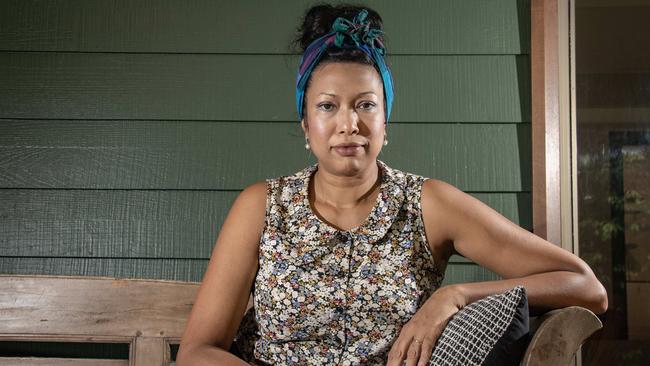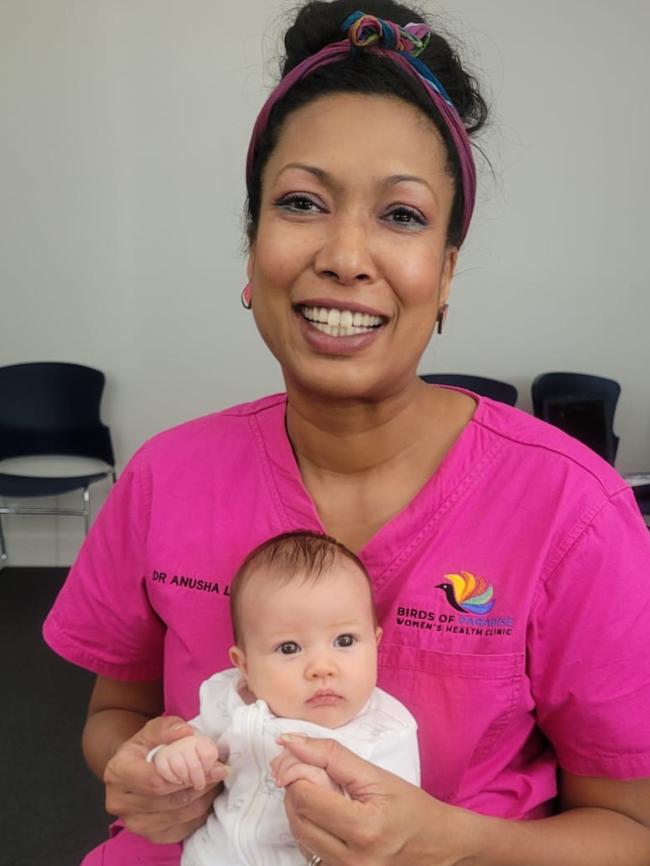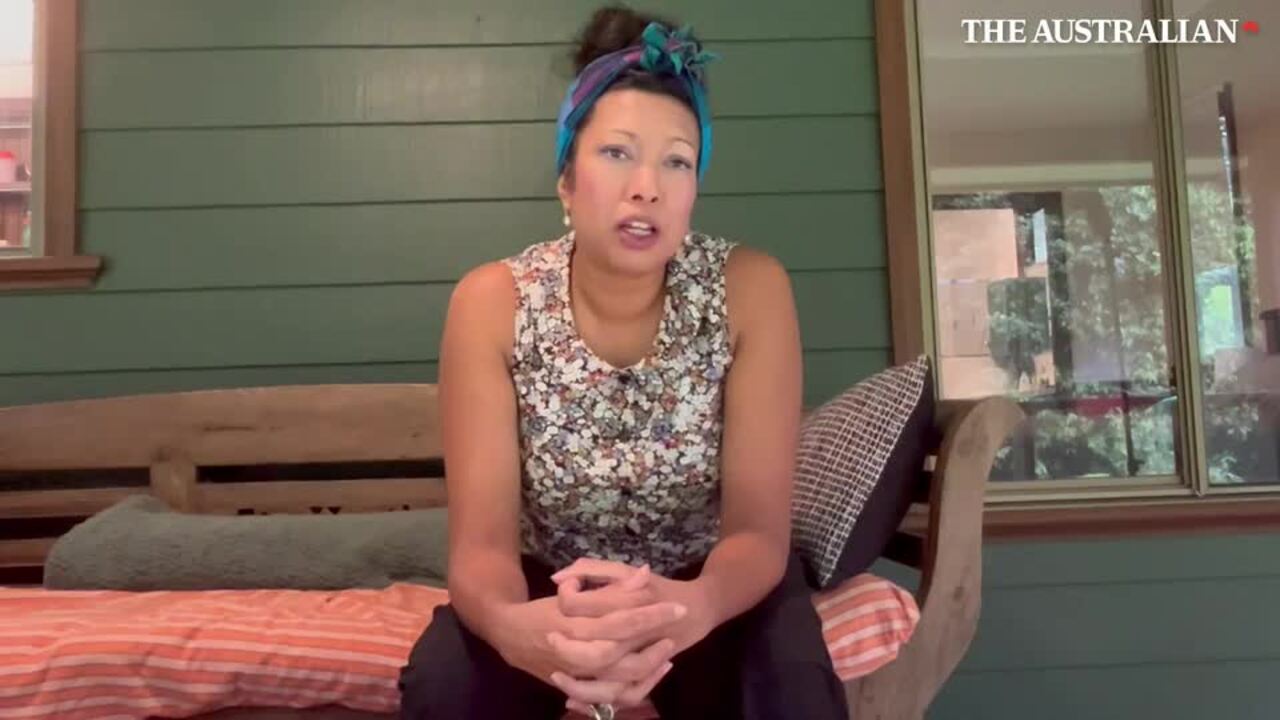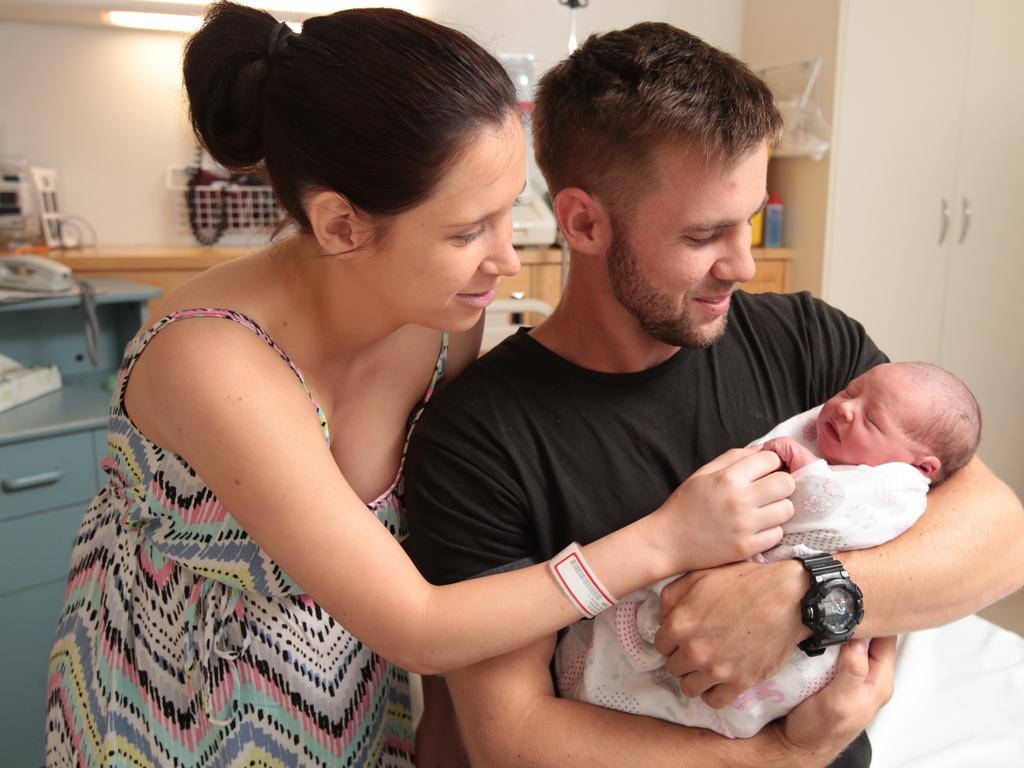Obstetricians face early retirement amid private birth unit shutdowns
For 20 years, Dr Anusha Lazzari’s life was a relentless haze of hard work. But all her training and experience was laid to waste now that private births are no longer possible in parts of Australia.

For more than 20 years, Anusha Lazzari’s life was a relentless haze of hard work. The grind of medical school, the long nights of being on-call as a junior doctor, then years of rigorous specialist obstetrics training were followed by countless sleepless nights delivering babies. Her Cairns-based patients loved her, and she loved the job.
But that training was laid to waste when Cairns’ only private birthing unit closed and local private obstetricians failed to convince the town’s public hospital to let them deliver babies there.
“The situation is very sad,” said Dr Lazzari, who trained as a doctor in Britain and gained fellowship as an obstetrian and gynaecologist in Australia in 2018. “I am sad that my skills are no longer helping these women who are in desperate need.”

Dr Lazzari, pictured here with baby Celeste whom she delivered in 2023, now works part-time as a gynaecologist. She has also replaced some of the time she would have spent delivering babies with wildlife conservation work at a retreat in the Atherton Tablelands. There she offers an immersive wildlife experience for nature enthusiasts, work she also loves. Despite regarding that work as crucial, Dr Lazzari feels her skills have been wasted.
“It’s a waste in terms of my training as an obstetrician,” she says. “I chose to retire from this area of medicine two years ago to focus on gynaecology service provision alone. My obstetrics experience is not being utilised at a time where we know that there is a crisis in recruitment and retention of obstetricians.”
When the last private maternity service closed in Cairns in 2023, Dr Lazzari and six other local obstetricians had nowhere to practice. It’s a situation mirrored across rural Queensland, the jurisdiction with the highest rate of perinatal deaths outside of the Northern Territory.

Cairns’ seven private obstetric gynaecologists have been unable to deliver babies in the town for the past 18 months given they no longer have access to Cairns Base Hospital. Pressure is increasing on the Queensland government to force the administrators of Cairns Base Hospital to open it up to women wanting to give birth under the care of private obstetricians. Women across the whole of Queensland now have no access to private births in public labour wards.
Darwin and the entire Top End are also set to lose private hospital birth access in coming days. It comes amid a backdrop of rising perinatal death rates in Queensland, where 1 per cent of babies now are stillborn or die shortly after birth, compared with 0.8 per cent nationally.
Cairns obstetricians are distressed at the ongoing lack of private birthing services to hundreds of women each year – including defence force families – as they confine themselves to delivering only gynaecological care.
“Unfortunately, rapidly collapsing private maternity services have left the women in Cairns and in many other regional areas with no choice. My ex-patients are angry. They feel abandoned and unsafe. They are also angry because they can’t understand: Why am I paying top insurance cover for a service that doesn’t exist?”
“I’m an ex-NHS doctor,” Dr Lazzari says. “I moved to Australia nearly 20 years ago as I saw the evolving crisis in (health systems and patient care) in the UK and felt there was a better way to look after my patients.”
Dr Lazzari said that when she arrived in Australia she found a well functioning and robust private hospital sector where patients could access care when resource-constraints affected the public sector.
“Unfortunately, rapidly collapsing private maternity services have left the women in Cairns and in many other regional areas with no choice,” she says. “My ex-patients are angry. They feel abandoned and unsafe. They are also angry because they can’t understand: Why am I paying top insurance cover for a service that doesn’t exist?”
Cairns is now serving as a case study for what might face the nation in birth outcomes and public system overload as private birth units shut. Eighteen private birth units have closed in the past seven years – 10 of them in the past two to three years. Most private hospitals are now running their private units at a loss.
Former health minister Greg Hunt told a recent forum that the situation in Cairns was an “incredibly undesirable circumstance which could be changed” immediately through executive intervention. Cairns and Hinterland Hospital and Health Service chief executive Leena Singh said safety of mothers and babies was the highest priority, and the majority of births had been in the public system even before the private hospital shutdown. “Admitting private obstetricians into our obstetric birthing model of care is a decision based on patient safety and the decision has absolutely nothing to do with funding models,” Ms Singh said. “The safety of our mothers and babies is, and always will be, my first and foremost priority in any decisions regarding our model of care.”

Recent high-level data on birth outcomes and costs by Monash University professor Emily Callander found that if private births decline by 50 per cent in Australia, it would cost taxpayers an extra $1 billion a year to subsidise births in the public system, which come at a higher cost.
Earlier research by Professor Callander published in an economics journal found that the Cairns and Hinterland Hospital and Health Service had in the past recorded steep declines in positive birth outcomes of 15 per cent.
Cairns obstetrician Liz Jackson said the loss of expertise in the region was devastating. “We’re highly skilled, trained for years, and we are currently deskilling,” Dr Jackson said.
Dr Lazzari agreed. “The only way I can deliver a client’s baby and continue to provide continuity of care in Cairns now, would be to retrain as a Midwifery Group Practice midwife, which makes no sense at all.
“The loss of my career as an obstetrician was enormously traumatic for me at the time. It would be virtually impossible to reinstate a private maternity service in Cairns without a huge overhaul of processes and resource commitment.”




To join the conversation, please log in. Don't have an account? Register
Join the conversation, you are commenting as Logout